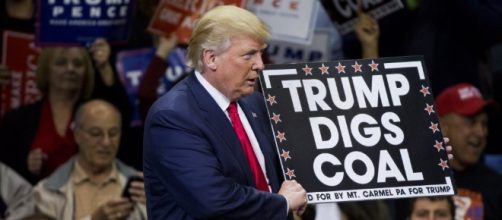President Donald Trump had just taken his hand off the Bible, having completed his oath of office, when the extensive climate change section on the official White House website. The move was abrupt and has caused something of a social media firestorm with the global warming community. To add insult to injury, a section promising more oil and gas drilling showed up as part of the so-called “America First Energy Plan.”
The changes should come as no surprise to anyone who had been paying attention to the political career of Donald Trump. In contrast to his predecessor, Trump is decidedly a climate change skeptic.
At one point, ever the conspiracy theorist, Trump called the theory of human caused climate change a hoax perpetrated by the Chinese. The only surprise was the rapidity with which the change on the website took place, a clear signal that the new administration is going to have a different view on the relationship of the environment and energy production.
One of the many reasons that Trump got elected was that a great many coal miners and oil workers saw their jobs under threat by President Barack Obama’s renewable energy policies, which Hillary Clinton had vowed to double down on. Trump has pledged to remove restrictions on oil, gas, and coal in order to boost the production of energy in the United States and thus lower its cost.
Ironically, some of Trump’s cabinet nominees are softening their skepticism on climate change. During his confirmation hearings, former Texas Gov. Rick Perry, nominated to be Secretary of Energy, admitted that human activity might contribute to climate change. His only concern, he stated, is that any measures made to address that problem not cause a negative economic impact.
The answer may not have satisfied Democratic senators, but it likely smoothed his path to confirmation.
Obama did not have any concern about the economic price his policies extracted. For Trump, the economy is everything. In order to attract business investment in the United States, the new president will have to find ways to offset the relatively high labor costs. Lower energy costs will be a key in accomplishing that task.

